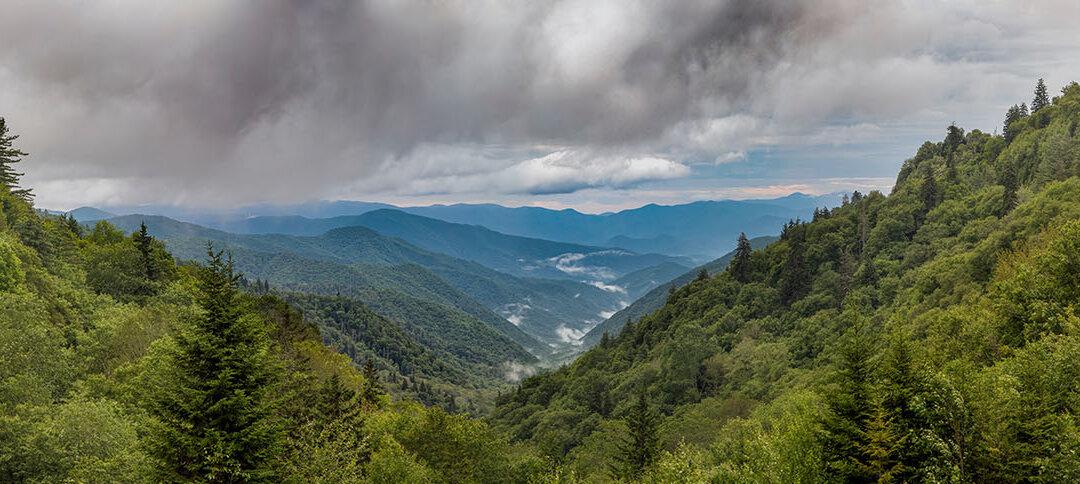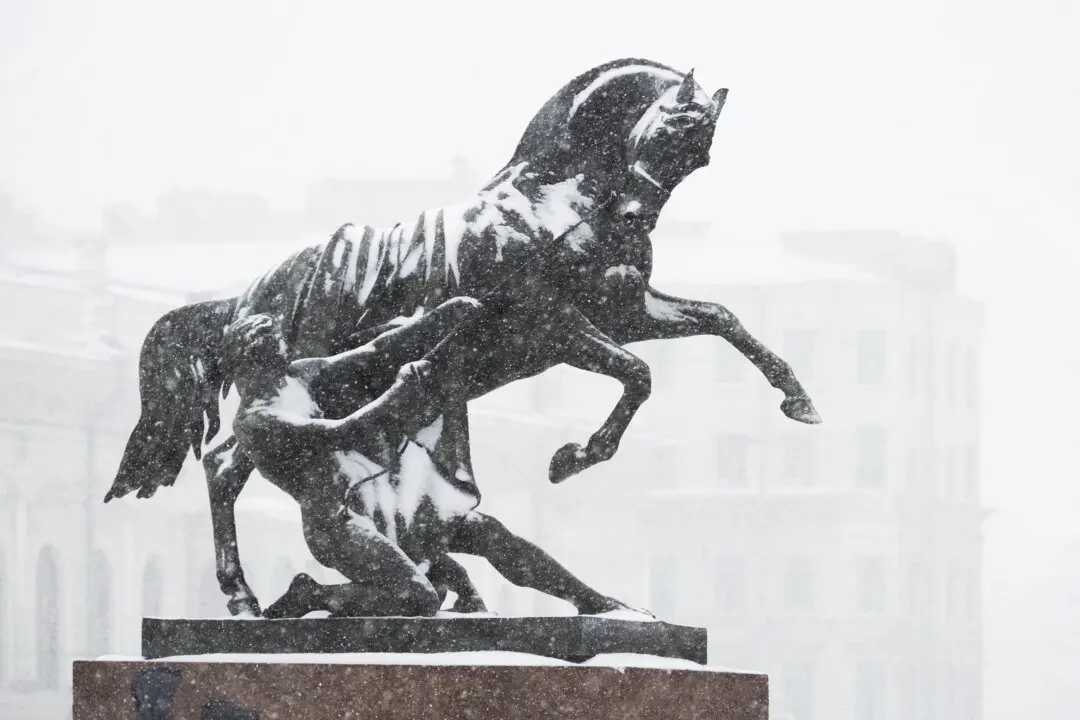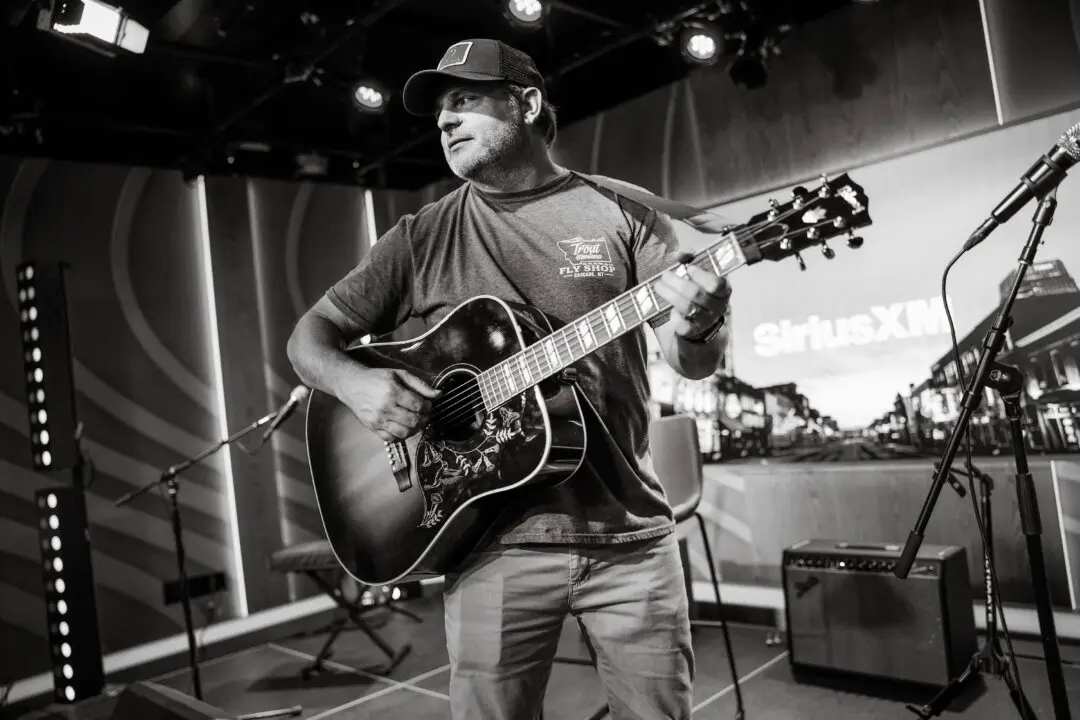While experiencing burnout from penning a series of ballads, songwriter Felice Bryant said to her husband and fellow songwriter Boudleaux Bryant: “Boudleaux, let’s do a mountain song, a bluegrass song, anything else.” Little did the songwriting duo know, their next song, written while trying to cure Felice’s writer’s block, would be their biggest hit.
The Bryants’s “Rocky Top,” a song honoring the simple life and the comforts of home, went on to become Tennessee’s beloved state song and a uniting symbol of southern pride.





